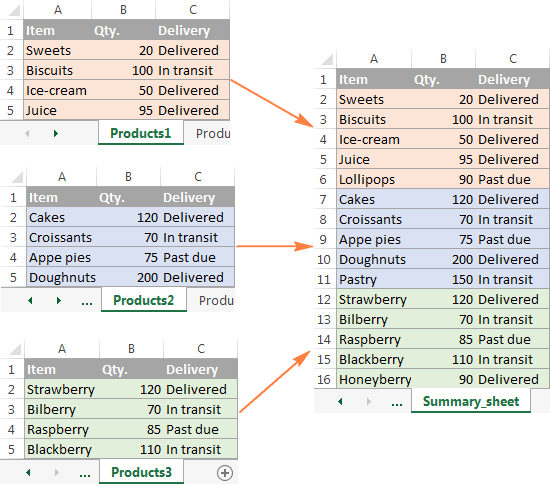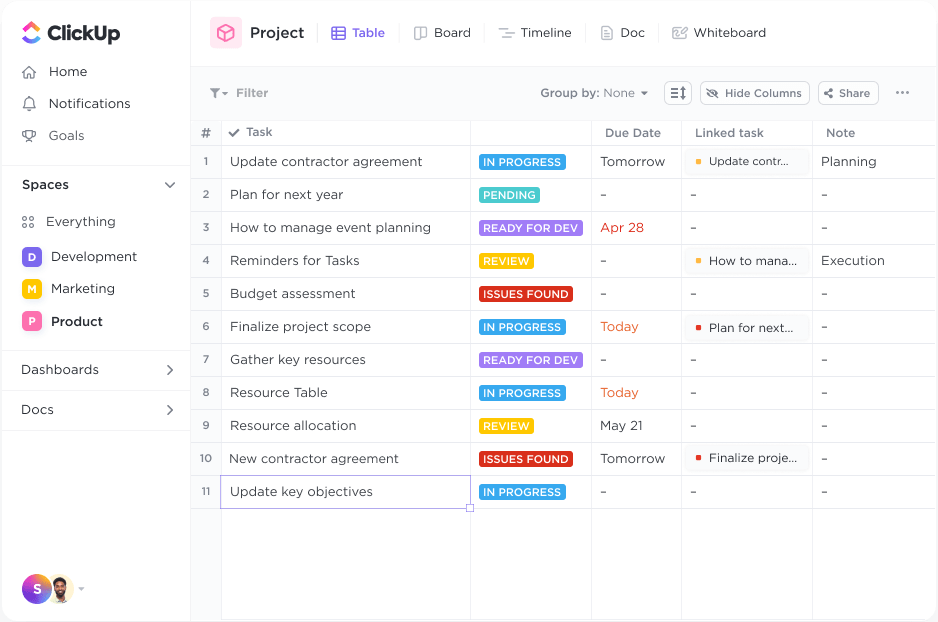Connecting Multiple Excel Sheets in Tableau: Easy Guide

If you're looking to connect multiple Excel sheets in Tableau, this comprehensive guide is tailored to help you get started. Whether you're compiling sales data, HR records, or any other segmented information, combining Excel sheets in Tableau can streamline your data analysis process. By following these steps, you can efficiently manage and visualize large datasets.
Why Use Tableau for Multiple Excel Sheets?

Tableau is a powerful tool for data visualization and analysis, known for its intuitive interface and robust data handling capabilities. Here are some reasons why you might choose Tableau:
- Data Integration: It excels at integrating data from multiple sources seamlessly.
- Dynamic Visualizations: Allows for real-time data visualization which updates as the source changes.
- User-Friendly: Easy to use with drag-and-drop features, making it accessible to users of all skill levels.
- Scalability: Can handle small to very large datasets without significant performance degradation.
Prerequisites

Before you begin, ensure you have:
- A working version of Tableau Desktop installed.
- Multiple Excel sheets formatted consistently.
- Basic understanding of Tableau and Excel functionalities.
Steps to Connect Multiple Excel Sheets in Tableau

The process of connecting multiple Excel sheets involves several key steps:
- Open Tableau: Launch Tableau Desktop and select 'File > Open' or click on the 'Connect' pane at the top left.
- Choose the Excel File: Navigate to your Excel file in the 'Connect' pane. Click on 'Microsoft Excel' under the 'To a File' section.
- Connect Sheets:
- If the sheets are within the same workbook, in the 'Open' dialogue, select the Excel file. Once opened, Tableau will list all sheets from the Excel file in the 'Data Source' pane.
- For separate Excel files, repeat the connection process for each file.
- Data Source Page: Here, you'll see the data from your Excel sheets:
- Sheets: Each sheet from the Excel file appears as a separate table. You can rename these in Tableau for clarity.
- Drag and Join: Drag fields from each sheet to the 'Canvas' to start creating relationships. Use the drag icon (symbol like 4 arrows) to connect tables with common fields.
- Joining Data: Decide on the type of join you'll need:
- Inner: Only include matching data from both sheets.
- Left: All records from the left sheet and only matching records from the right sheet.
- Right: All records from the right sheet and only matching records from the left sheet.
- Full: All records from both sheets.
- Verify Data Connection: After setting up joins, review the data to ensure all relationships are working as intended.
- Create Visualization: Navigate to the worksheet tab to start creating your visualizations using the connected data.
🔍 Note: If your Excel files are located on different drives or systems, you might need to set up Tableau to access network drives or have all files available locally for this process.
Handling Large Datasets

When dealing with large datasets or multiple Excel sheets:
- Use Tableau Server/Online: For scalability, consider using Tableau Server or Tableau Online to publish and access your workbooks with large datasets.
- Extracts vs Live Connections: Extracted data can provide faster performance, whereas live connections allow for real-time updates but might slow down with larger datasets.
- Data Blending: In some cases, you might want to blend data from different sheets for analysis, which is different from joining. Blending is useful for comparing similar data from different sources.
Final Thoughts

Combining multiple Excel sheets in Tableau can significantly boost your data analysis capabilities. This process allows for a unified view of your data, making it easier to detect trends, make data-driven decisions, and visualize complex information. By mastering these techniques, you can unlock new ways to explore and present data insights, ultimately driving more informed business decisions and enhancing your analytical prowess.
How do I ensure my Excel data is consistent for Tableau?

+
Ensure all Excel sheets have consistent data formatting, headers, and similar column names for seamless integration in Tableau.
Can I blend data from different Excel files?

+
Yes, Tableau supports data blending where you can combine data from different files based on a common field or set of fields.
What if my Excel sheets are on different systems or drives?

+
Set up network access or have all files available locally. For advanced scenarios, consider using Tableau Server or Tableau Online.



